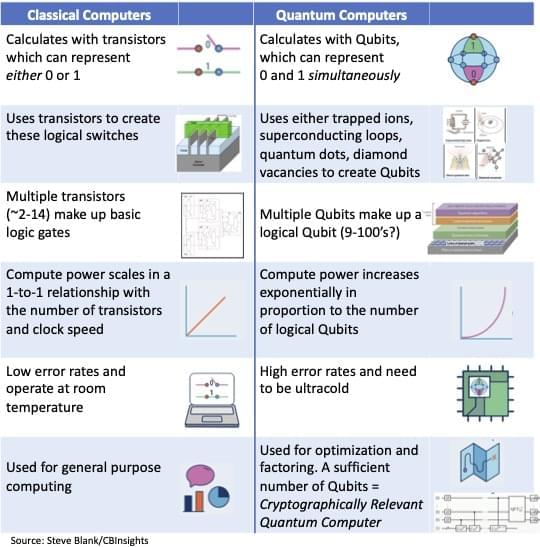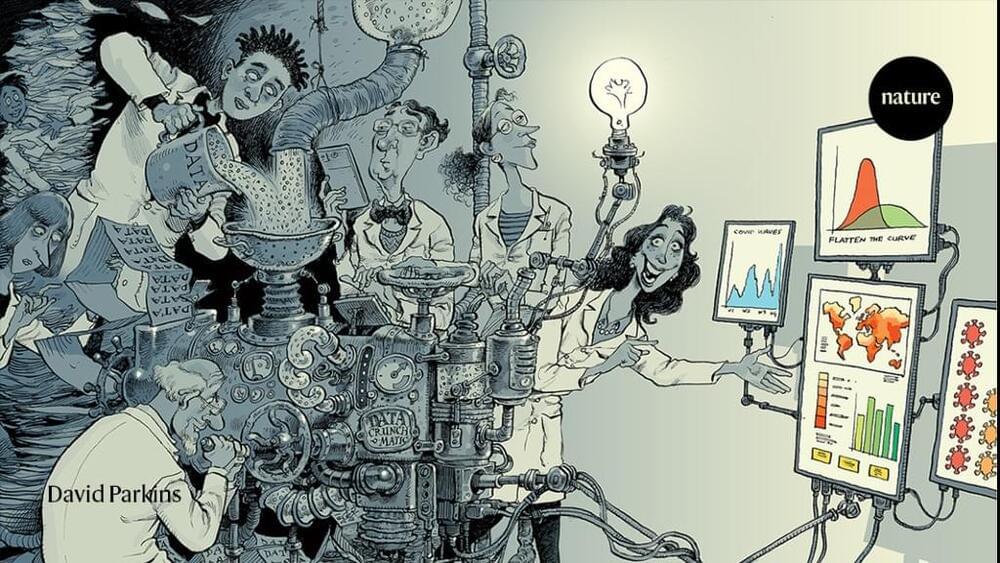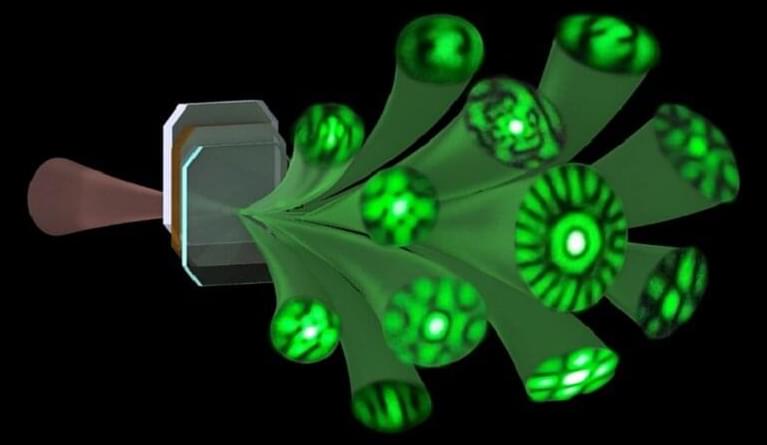Page 4114
Data dashboards have been an important part of pandemic response and planning. What have their developers learnt about communicating science in a crisis?
Mar 23, 2022
Biomimetic Nanoparticles for Targeted Cancer Therapy
Posted by Quinn Sena in categories: biotech/medical, nanotechnology
Circa 2021
Novel fluorescence imaging assay provides new insights for developing more effective cancer nanomedicines.
Mar 23, 2022
Smart devices spy on you — 2 computer scientists explain how the Internet of Things can violate your privacy
Posted by Shubham Ghosh Roy in categories: food, internet, robotics/AI
Your appliances, car and home are designed to make your life easier and automate tasks you perform daily: switch lights on and off when you enter and exit a room, remind you that your tomatoes are about to go bad, personalize the temperature of the house depending on the weather and preferences of each person in the household.
To do their magic, they need the internet to reach out for help and correlate data. Without internet access, your smart thermostat can collect data about you, but it doesn’t know what the weather forecast is, and it isn’t powerful enough to process all of the information to decide what to do.
But it’s not just the things in your home that are communicating over the internet. Workplaces, malls and cities are also becoming smarter, and the smart devices in those places have similar requirements. In fact, the Internet of Things (IoT) is already widely used in transport and logistics, agriculture and farming, and industry automation. There were around 22 billion internet-connected devices in use around the world in 2018, and the number is projected to grow to over 50 billion by 2030.
Mar 23, 2022
Blue Origin’s biggest rocket launch yet just got delayed — here’s what it means
Posted by Atanas Atanasov in category: space travel
Blue Origin’s plan to launch a giant new rocket is unlikely to unfold this year. It leaves the spaceflight firm sticking with New Shepard tourist launches for the coming year.
Mar 23, 2022
ThinkOrbital — orbital assembly, servicing and manufacturing techologies
Posted by Eamon Everall in categories: habitats, robotics/AI, space
How to robotically build a human habitat in space…
Happening now.
Accelerate the accessibility and commercialization of cislunar space through cost-effective, habitable, scalable Infrastructure.
Continue reading “ThinkOrbital — orbital assembly, servicing and manufacturing techologies” »
Mar 23, 2022
The Quantum Technology Ecosystem — Explained
Posted by Jose Ruben Rodriguez Fuentes in categories: business, quantum physics

If you think you understand quantum mechanics, you don’t understand quantum mechanics
Richard Feynman
Mar 23, 2022
In a first, brain implant lets man with complete paralysis spell out thoughts: ‘I love my cool son.’
Posted by Genevieve Klien in category: neuroscience
Surgically placed electrodes enable person with late-stage ALS to communicate via neural signals.
Mar 23, 2022
Direct generation of complex structured light
Posted by Quinn Sena in category: computing
Extension of laser beam structures promises new laser applications. Exploration of how beam structures change during nonlinear frequency conversion processes has drawn increasing interest in recent years. Nonlinear conversion is an excellent route for structured beam generation and represents a growing, hybrid field for researchers in nonlinear optics and laser technology, as well as the emerging area of light-field regulation technology.
For structured beam generation and nonlinear frequency conversion, researchers have considered both intracavity oscillation and external cavity spatial modulation. To achieve flexible outputs, spatial light modulators can be used to obtain structured beams both inside and outside the laser cavity. But this is an indirect, inefficient method. Intracavity nonlinear frequency generation of structured beams offers a direct, efficient method that has only rarely been investigated, until recently.
Inside a laser cavity, an effect known as “transverse mode locking” (TML) enables the direct generation of the vortex beams or optical vortices from a laser cavity. It is known that both solid-state microchip lasers and VCSELs can produce quite similar outputs of TML beam patterns under large Fresnel number pumping conditions. The complex transverse patterns formed by the TML effect, commonly composed of different basic modes with different weight coefficients and different locking phases, make for abundant spatial information in fundamental frequency modes. Nonlinear frequency conversion of these directly generated TML beams is of great interest, but not yet well studied.
Mar 23, 2022
Gene Editing Now Has A Next-Generation CRISPR Tool
Posted by Len Rosen in categories: bioengineering, biotech/medical, evolution
The creation of new proteins and peptides for use with CRISPR represents the next stage in the evolution of this technology.

















